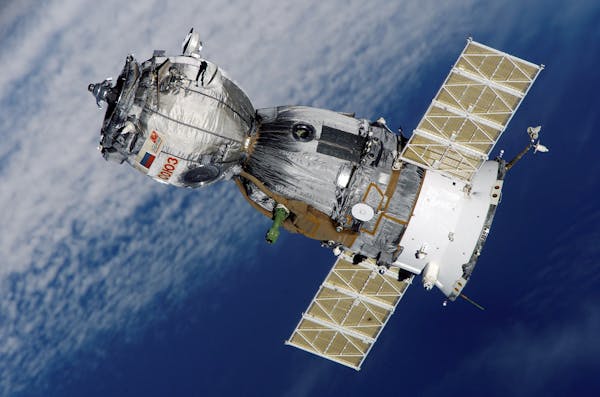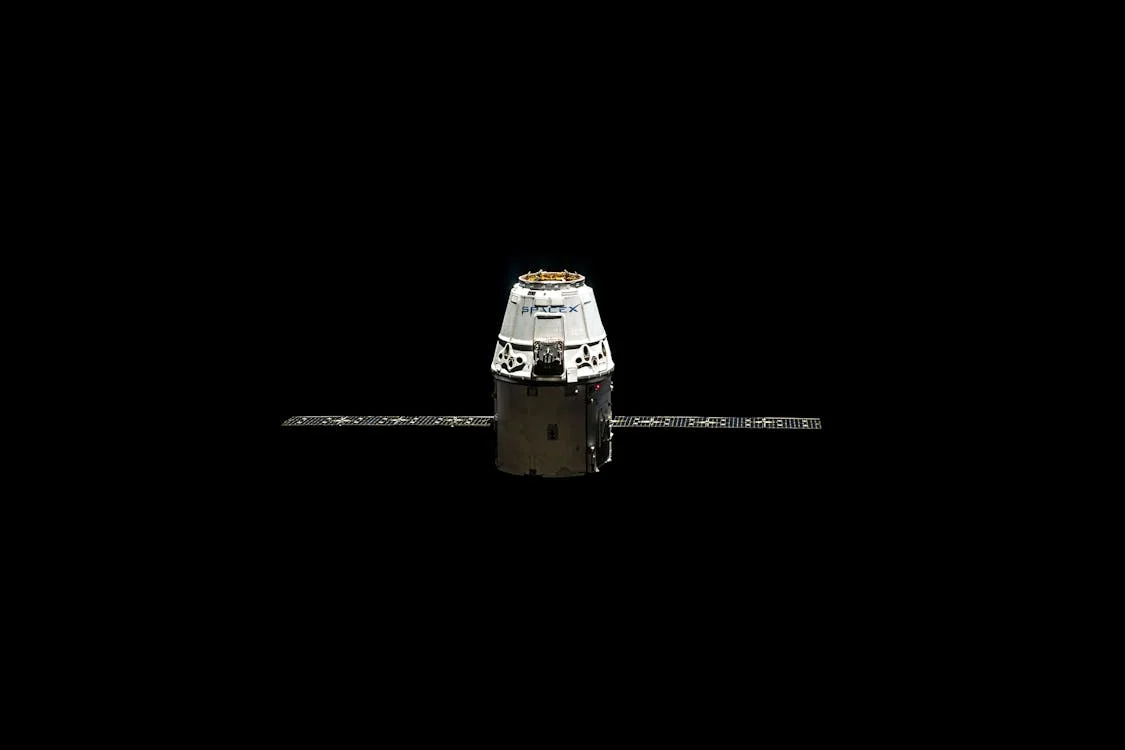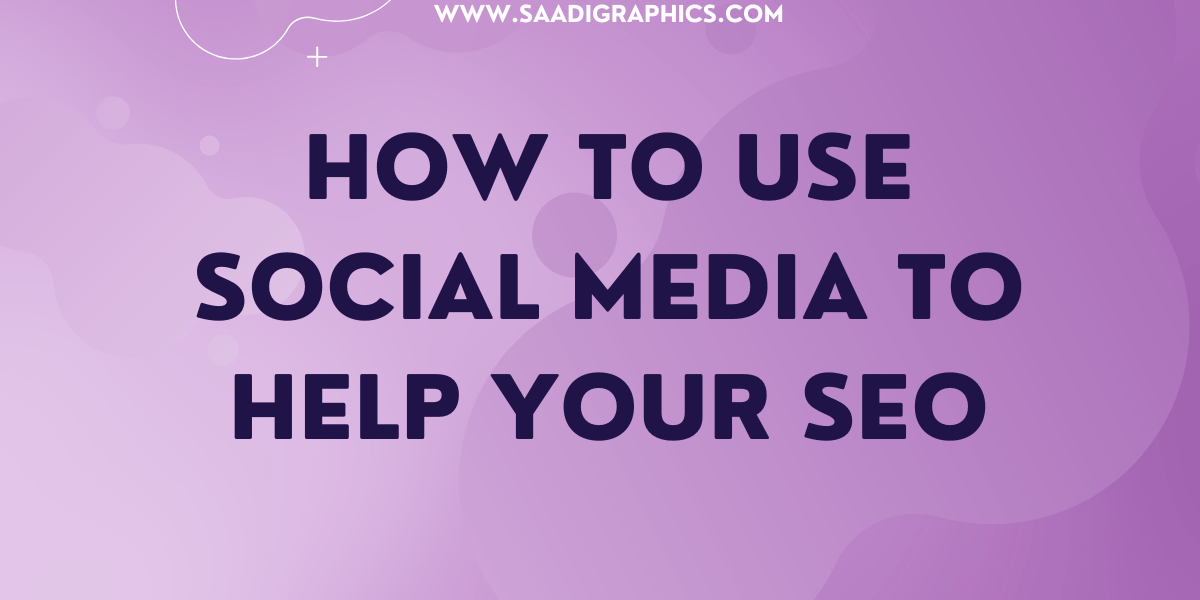The Real Deal on Starlink Satellites – And Why You Should Actually Care
So, picture this: you’re on a road trip through the middle of nowhere — like proper off-the-grid desert vibes. You whip out your phone, try to load Google Maps, and boom… nothing. Just that dreaded “No Service” in the top corner of your screen. Annoying, right? Now imagine a world where that never happens — no matter where you are. That’s kind of what Starlink is trying to pull off.
And no, it’s not some spacey sci-fi thing that only tech bros care about. Starlink satellites are doing something that could change the way you work, play, travel, and even run your side hustle.
Let’s dive into it — but don’t worry, we’re keeping it real and jargon-free. This is your techy best friend over coffee, giving you the lowdown.

So What Is Starlink, Really?
Alright, here’s the short version: Starlink is a satellite internet service developed by Elon Musk’s SpaceX. Instead of using cell towers or underground cables like most internet providers, Starlink beams the internet from space using thousands of satellites orbiting the Earth.
Cool? Definitely. Confusing? A little.
Basically, they’re trying to build a kind of space-based Wi-Fi system that works everywhere. Mountains, forests, oceans, rural villages, your weird uncle’s cabin in the woods — if you’ve got the dish, you’ve got the internet.
Wait, Isn’t That Just Fancy Wi-Fi?
Kind of — but here’s why it’s a big deal.
Most of us live in cities or towns with decent Wi-Fi, 5G, fiber optic this and gigabit that. But what about people in rural areas? What about schools in far-flung places? Or relief efforts in disaster zones where the power’s out and cell towers are down?
That’s where Starlink comes in. It’s not just a luxury for gamers or tech geeks — it’s potentially life-changing for people who’ve never had a stable internet connection in their lives.
We’re talking real internet in places where it was previously “sorry, not available in your area.” Imagine growing up in a village with no access to online education, and suddenly you can watch YouTube lectures, attend Zoom classes, or even apply for remote jobs. That’s not just internet — that’s opportunity.
How Many Satellites Are We Talking?
A lot.
Like, thousands. As of now, SpaceX has launched over 6,000 Starlink satellites into low Earth orbit. The plan? Build a “mega constellation” with tens of thousands of them. These tiny satellites work together to create a web of coverage that blankets the planet.
You won’t even see them — but they’re up there, silently making sure your Netflix doesn’t buffer in the middle of a thriller or your Zoom call doesn’t freeze while you’re trying to look smart.
So, How Fast Is It?
Here’s the fun part — Starlink is fast.
It’s not some slow, janky satellite internet from the 2000s. We’re talking download speeds that can rival your home broadband — like 100 to 300 Mbps in many places, sometimes even more. For remote areas, that’s mind-blowing.
And yes, you can stream, game, video call, and do everything you’d normally do online. Latency (aka the time it takes for data to travel) used to be the problem with satellite internet, but Starlink’s low-orbit approach cuts that down dramatically. You’re not waiting for your signal to bounce off a satellite 22,000 miles away — these babies are closer, faster, and more efficient.
Okay, But Why Should I Care?
Fair question. If you live in the city with solid Wi-Fi, you might think, “So what?” But here’s the thing — Starlink isn’t just about better internet. It’s about freedom.
Let me explain.
1. Remote Work Becomes Literally Remote
Remember during the pandemic when everyone was like, “I’m going to move to the mountains and work from there”? Most people didn’t, because… you know, no internet.
But now? With Starlink, that dream is actually possible. You can work from a cabin in the woods, a beach shack, or a van in the middle of nowhere — and still Zoom into meetings or upload your client’s files.
If you’re a freelancer, designer, developer, or run a creative business (like, say, a brand like Saadi Graphics that builds websites and does graphic design magic), you could take your work anywhere. That kind of flexibility is priceless.
2. Better Access to Education and Healthcare
Here’s where it gets deep. Millions of people around the world don’t have internet access — not because they can’t afford it, but because it literally doesn’t exist where they live.
Starlink has already started connecting remote schools in Africa, Alaska, and parts of South America. That means online classes, educational videos, research tools — all finally within reach.
And in the healthcare world? Doctors can consult with patients in rural villages over video. Clinics can access online records. It’s the kind of stuff that sounds small until you realize it’s literally saving lives.

3. Disaster Response Goes Next-Level
When earthquakes hit or hurricanes wipe out infrastructure, communication is the first thing to go. But with Starlink? You can just pop a dish on a truck, point it at the sky, and get back online.
We’ve already seen this in action — SpaceX sent Starlink terminals to Ukraine during the war and to areas hit by natural disasters. When nothing else works, Starlink does. That’s a game-changer for emergency crews and humanitarian aid.
But It’s Not All Rainbows (Yet)
Okay, let’s be real. Starlink isn’t perfect.
-
It still requires a clear view of the sky, so no using it in tunnels or deep city alleys.
-
The equipment costs around $500 for the dish, plus a monthly fee that’s higher than average broadband (for now).
-
And yeah, astronomers are not thrilled. All these shiny satellites can mess with telescope readings and space photography.
But SpaceX is working on it — dark coating for satellites, better collision-avoidance systems, and lower prices as production scales up.
So, no, it’s not flawless. But it’s progress — and fast progress, at that.
The Bigger Picture: Global Internet for Everyone
Here’s what gets me excited. Starlink isn’t just a tech experiment — it’s part of a movement. A world where no one is left behind because of where they were born or how remote their town is.
For Gen Z and young millennials who grew up on the internet — who learn, laugh, cry, date, and build careers online — this matters. Big time.
Imagine a future where your friend in a remote village can join your Zoom book club. Or a talented designer from a tiny mountain town gets discovered on Behance because they finally got online. That’s not a fantasy. That’s literally happening right now because of Starlink.
Final Thoughts (Yeah, This Stuff’s Real)
So yeah, satellites in space might sound like some tech billionaire’s side project, but they’re actually doing something real. Starlink is changing the internet game — not just for geeks, but for students, farmers, creators, teachers, first responders, and you.
Next time someone drops “Starlink” into a convo, now you know — it’s more than just space Wi-Fi. It’s part of a future that’s more connected, more inclusive, and more mobile than ever.
And hey, if you’re building something amazing — whether it’s a personal brand, business, or creative project — you’ll want your digital presence to match. That’s where Saadi Graphics comes in. We’re here to make your website look sharp and your brand feel unforgettable. Whether you’re using Starlink on a mountaintop or Wi-Fi in your dorm, we’ve got your back.



